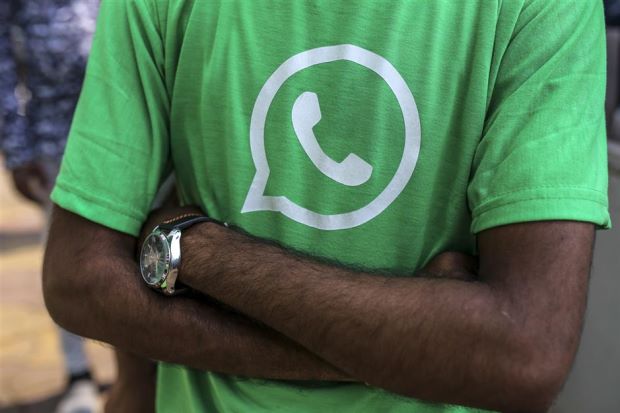WhatsApp turns 10: Five key things you need to know about the app
A decade ago, two former Yahoo employees launched an instant messaging application called WhatsApp. Built for early generation of smartphones that used 2G and 3G networks, WhatsApp offered a free and better Internet-based alternative to then default SMS for text messaging.
WhatsApp allowed smartphone users to exchange photos, videos, and text messages without worrying about character limits or paying per message. Over the years WhatsApp has added more and new interactive features including video calling, group chats, and even stories.
Despite the availability of a number of alternatives launched in the last decade, WhatsApp has remained the top instant messaging application in the world. The application has over 1.5 billion monthly users while India is one of the top markets with 200 million users.
As WhatsApp turns 10 on Feb 26, here are five things you may not know about the application.
Founders
Founders Brian Acton and Jan Koum were both former employees of Yahoo, which was one of the top Internet companies at the time. The duo left the company in 2007 and took some time off. Acton and Koum had also applied for Facebook which was still at nascent stage. After two years of leaving Yahoo, Acton and Koum launched WhatsApp in a bid to tap a growing app economy, courtesy popularity of iPhones. Both the founders are no longer associated with the company.
Free, paid and then free
WhatsApp launched as a free application but was forced to switch to paid model to avoid rapid growth. The founders found it difficult to pay for the SMS verification which is required to activate a WhatsApp account. According to a 2015 report, WhatsApp paid about US$500,000 (RM2.03mil) a month for SMS verification. The application, however, continued to grow in popularity despite the paid model. WhatsApp is now completely free for users.
Facebook owns WhatsApp
Even as Facebook tried to win the instant messaging game with a standalone Messenger application, WhatsApp remained highly popular in several markets including India and Brazil. In 2014, Facebook acquired the platform for US$19bil (RM77.27bil). The acquisition allowed Facebook to offer the world’s biggest messaging apps with Messenger and WhatsApp combined.
Facebook’s acquisition, however, has had several implications which include monetisation efforts by opening the app to businesses. It plans to launch ads in Status as well. The company is also working on integrating WhatsApp with Messenger and Instagram.
End-to-end encryption
WhatsApp is one of the few instant messaging applications in the world to offer end-to-end encryption. The encryption makes it nearly impossible for anyone to snoop in your messages. According to WhatsApp, only sender and receiver can read a message exchanged.
WhatsApp claims its server is only used to transmit the encrypted message. Only the receiver’s private key can unlock a message. No third party including WhatsApp can read the message.
Bigger than Snapchat
WhatsApp launched Snapchat Stories-inspired Status feature for its users in 2017. The feature has already become quite popular with 450 million users. This makes WhatsApp’s Status alone bigger than Snapchat’s 191 million daily users. – The Hindustan Times/Tribune News Service
Source : TheStar

